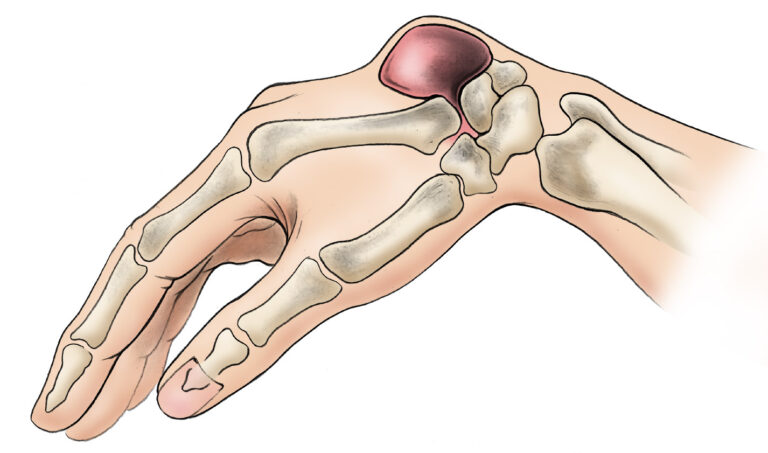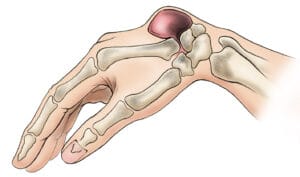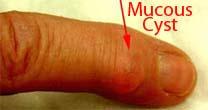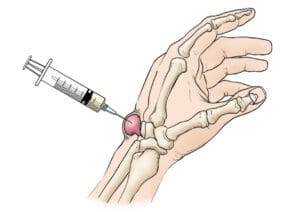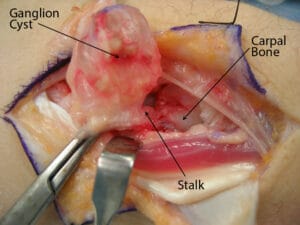Rephrased Paragraph:
Ganglion cysts are the most prevalent type of lump or mass found in the hand and wrist. Although non-cancerous and generally harmless, they frequently develop on the back of the wrist but can also appear in other areas. These fluid-filled sacs can change in size, appear suddenly, or even disappear without warning. While many ganglion cysts do not need medical intervention, treatment options are available if the cyst causes pain, impairs hand function, or creates cosmetic concerns.
Rephrased Content:
Description
A ganglion cyst forms from a joint, resembling a balloon attached to a narrow stalk. It originates in the tissues surrounding the joint, such as ligaments, tendon sheaths, or joint linings. The cyst is filled with a thick, slippery fluid that is similar to the natural fluid that lubricates joints. Ganglion cysts can develop in various locations within the hand and wrist, including:
- Both the back and palm side of the wrist
- The end joint of a finger
- The base of a finger
Their size can fluctuate, often increasing with activity and decreasing with rest.
The most common location of a ganglion cyst is on the back of the wrist.
Cause
The exact cause of ganglion cyst formation is still unclear. However, certain factors appear to increase the likelihood of developing these cysts:
- They most commonly occur in individuals aged 15 to 40
- Women are more frequently affected than men
- Repetitive stress on the wrist, as seen in athletes like gymnasts, may contribute to their development
Ganglion cysts that form near the end joint of a finger, known as mucous cysts, are often associated with arthritis in the finger joint. These cysts are more prevalent in women aged 40 to 70.

